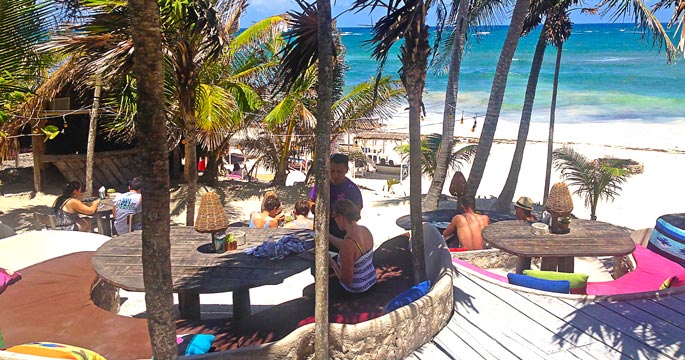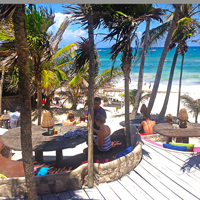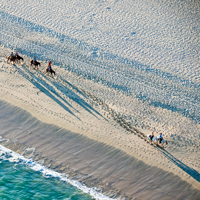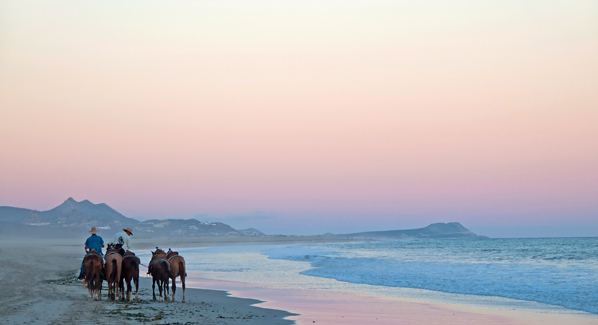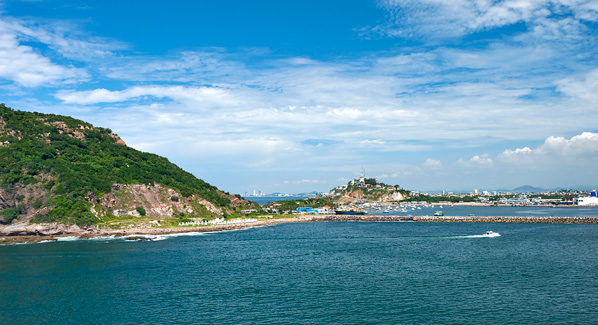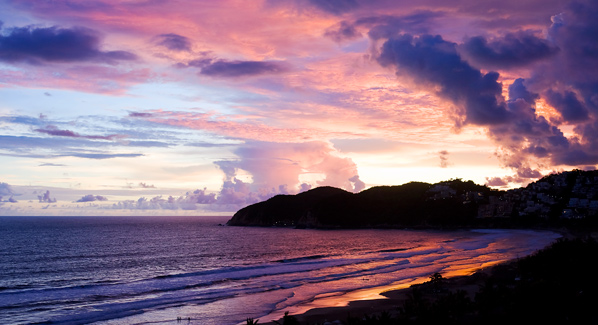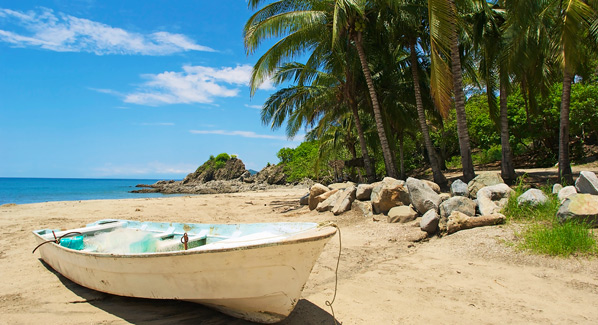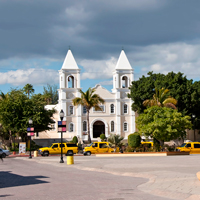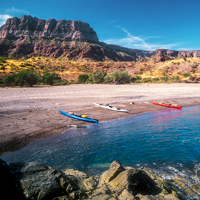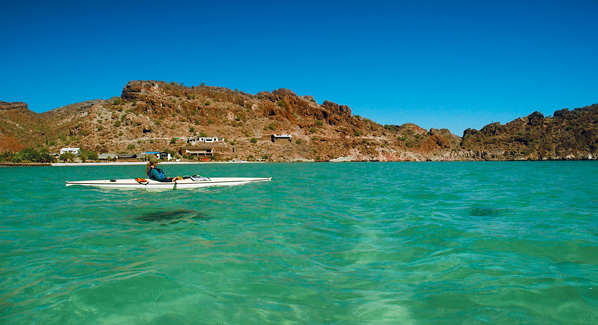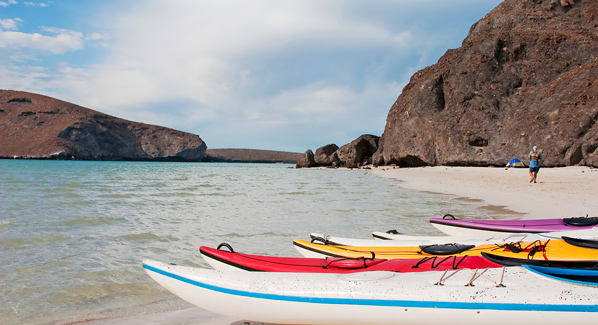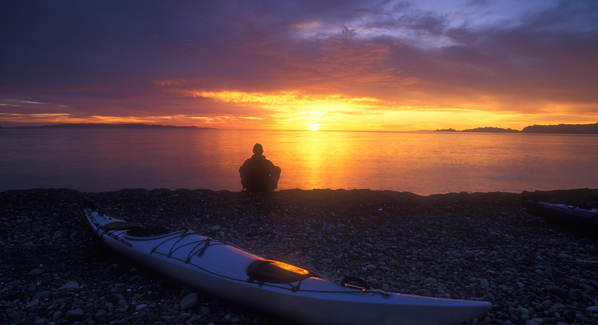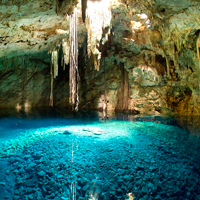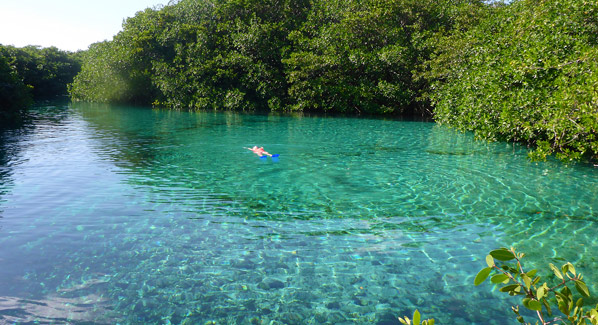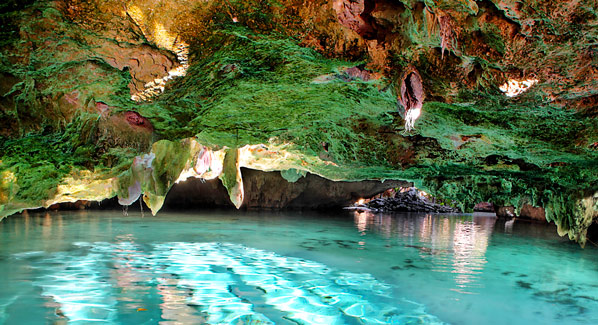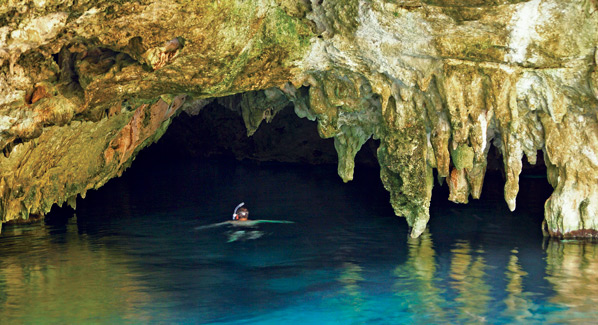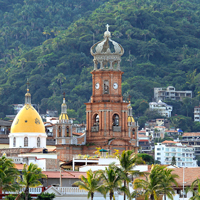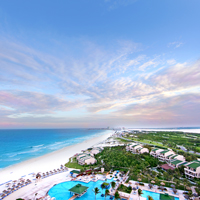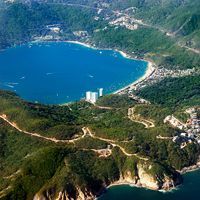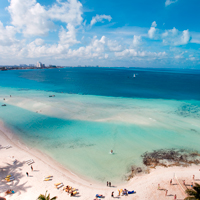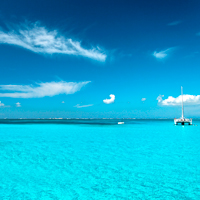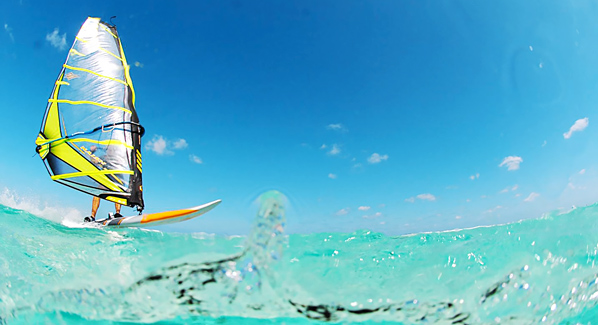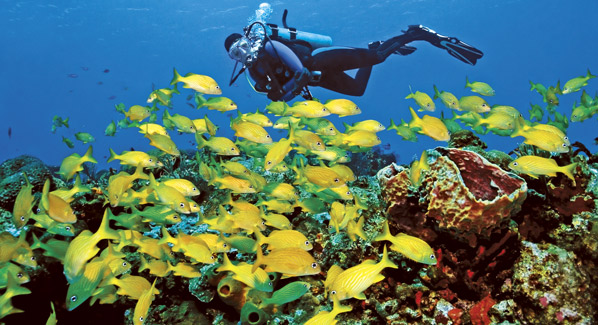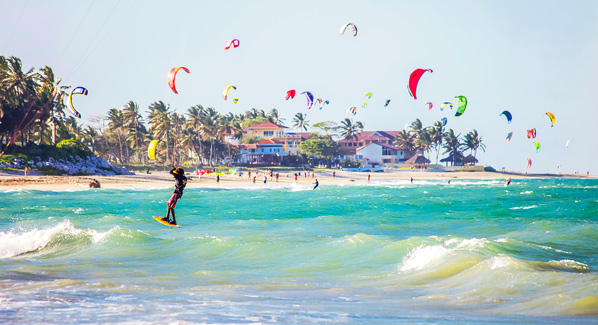Four decades ago, the international destination that is Cancun was little more than a scattering of fishing shacks along a thin strip of a barrier island. When development came, it was in the form of a master plan designed to transform the region into one of the world’s premier resort destinations. The plan worked, and today Cancún has became the No. 1 tourist destination in Mexico. Here are just some of the reasons why.
1 Lucky Seven
Cancún stretches along a 14-mile expanse of beaches that form the shape of a giant number seven. This profile creates a variety of water conditions ranging from calm, sandy shores to lively shore breaks. The glistening white sand is soft underfoot and replenishes quickly, so visitors will always enjoy a wide expanse of beaches along the Hotel Zone. The calmest waters are found along north-facing beaches. East coast beaches, which border the Caribbean Sea, have more wave and wind action, and attract windsurfers and kiteboarders.
2 Culinary Delights
Cancún is a foodie destination, with many opportunities for fine dining. The highlight of the culinary scene is the annual Cancún-Riviera Maya Food & Wine Festival in March. Top chefs and sommeliers come to compete, share and offer tastings of their latest blends, potions and gastronomical creations. Highlights include interactive cooking challenges, culinary lectures and demonstrations, wine and food pairings, a tasting village and featured libations from wine to tequila.
3 Island Trifecta
The Cancún resort area includes a trio of small nearshore islands. Isla Mujeres is just a 20-minute ferry ride from Cancún and is known for its low- key slow-paced lifestyle and the Garrafón Natural Reef Park. Even quieter is Holbox Island, which serves as a launching point for swims with huge but harmless whale sharks, manatees, dolphins and turtles. Uninhabited Contoy Island is a bird sanctuary that will delight nature lovers and anyone seeking a respite from civilization.
4 Ancient Attractions
The Yucatan was once the center of the Maya civilization, and home to several important cities and ceremonial centers, all of which are easily reached from Cancún. Not to be missed are the impressive remains of Chichen Itza, where the well-preserved temple of Kukulkan stands in grandeur above ball courts, a sacred well and a bevy of jaguar, serpent and eagles carved into stone fretwork. It’s been named as one of the seven wonders of the world and is a UNESCO World Heritage Site. Also worth a visit are the remains of Uxmal and Mayapan.
5 Love the Nightlife
When the sun sets, Cancún’s famous nightlife kicks into high gear. Celebrations begin at causal anything-goes watering holes such as Senor Frogs, but as the night progresses, so to do the choices. Clubbers flock to A- list venues like Day’O, The City and Coco Bongo, where disc jockeys up the ante with high-energy house music and mesmerizing light shows. There are sophisticated supper clubs perfect for people watching, low-key jazz lounges like Roots for relaxation and Latin-infused stops like Azucar, where salsa music reigns.
6 Performance Arts
There’s more to Cancún than tequila shooters and beach parties. Visitors and locals alike delight in a range of cultural arts. In the heart of Cancún’s downtown district, the Casa de Cultura museum displays the work of local artists. At the city’s convention center, the Ballet Folklórico de Cancún stages nightly shows featuring traditional Mexican music and folkloric dances. In the Hotel Zone, the Teatro de Cancún also presents Mexican- and Caribbean-themed dance performances.
7 Natural Hazards
The Yucatan’s natural limestone rock, tropical forest and turquoise blue waters create magnificent backdrops for a round of golf. Some cloister fairways in dense jungle and protect greens with scenic mangrove-lined water hazards; others open to coastal views and the vagaries of trade winds. A dozen top-ranked courses within a half hour of Cancún include Greg Norman’s famous El Camaleón, the P.B. Dye-designed Iberostar Playa Paraiso Golf Club and the Jack Nicklaus signature course at the Moon Palace Golf & Spa Resort.
8 Gateway to the Yucatan
There’s nothing like a road trip to get to know a country, meet the people and discover nature. Rental cars are readily available, and the main roads leading inland or south along the coast are well-marked and well- maintained. For a glimpse of old Mexico, head west to the colonial-era cities of Valladolid and Mérida, or turn south to make your way to the iconic beachfront temples of Tulum.
9 Magnificent Mole
Treasured culinary traditions are alive and well in Cancún. Don’t pass up a chance to try the regional dish of mole, which is chicken or meat swimming in a rich chili and chocolate sauce. Other local favorites include ceviche, made by marinating fresh seafood in lime juice with plenty of pepper, onions and cilantro.
10 Active and Retail Pursuits
If beach lounges aren’t for you, Cancún has plenty of active options. Aquatic pursuits include sport fishing, windsurfing, diving and snorkeling. Topside there are jungle tours, swims in jungle cenotes, hikes, zip lines and eco- tours. Shoppers find Cartier, Swarovski and Tous outlets as well as Mexican- designed clothing and jewelry. Head to the La Isla Shopping Village or the Hotel Zone’s boutique shopping mall Luxury Avenue, which will keep your credit cards active. After a long day of action or spending, there’s always a hammock waiting.

